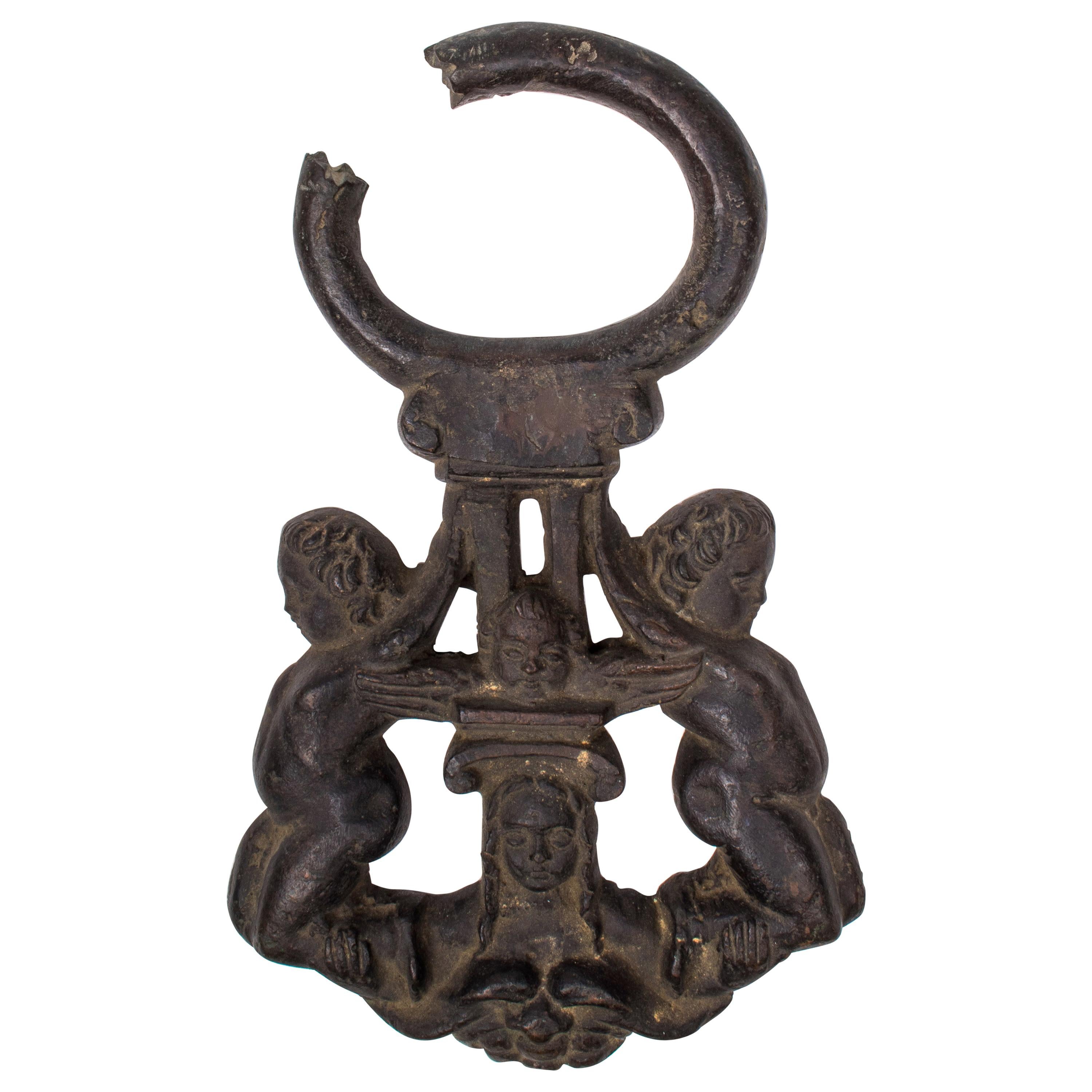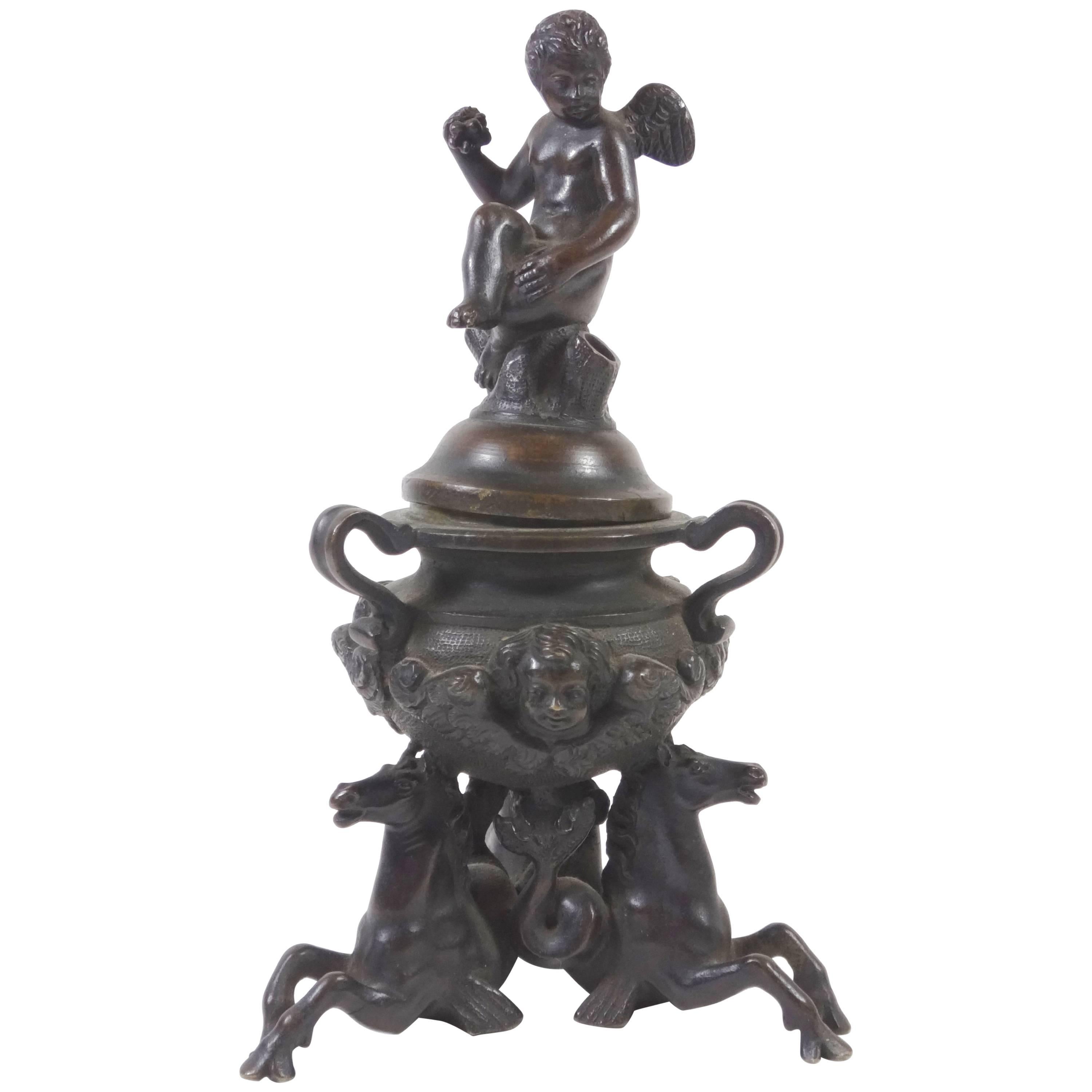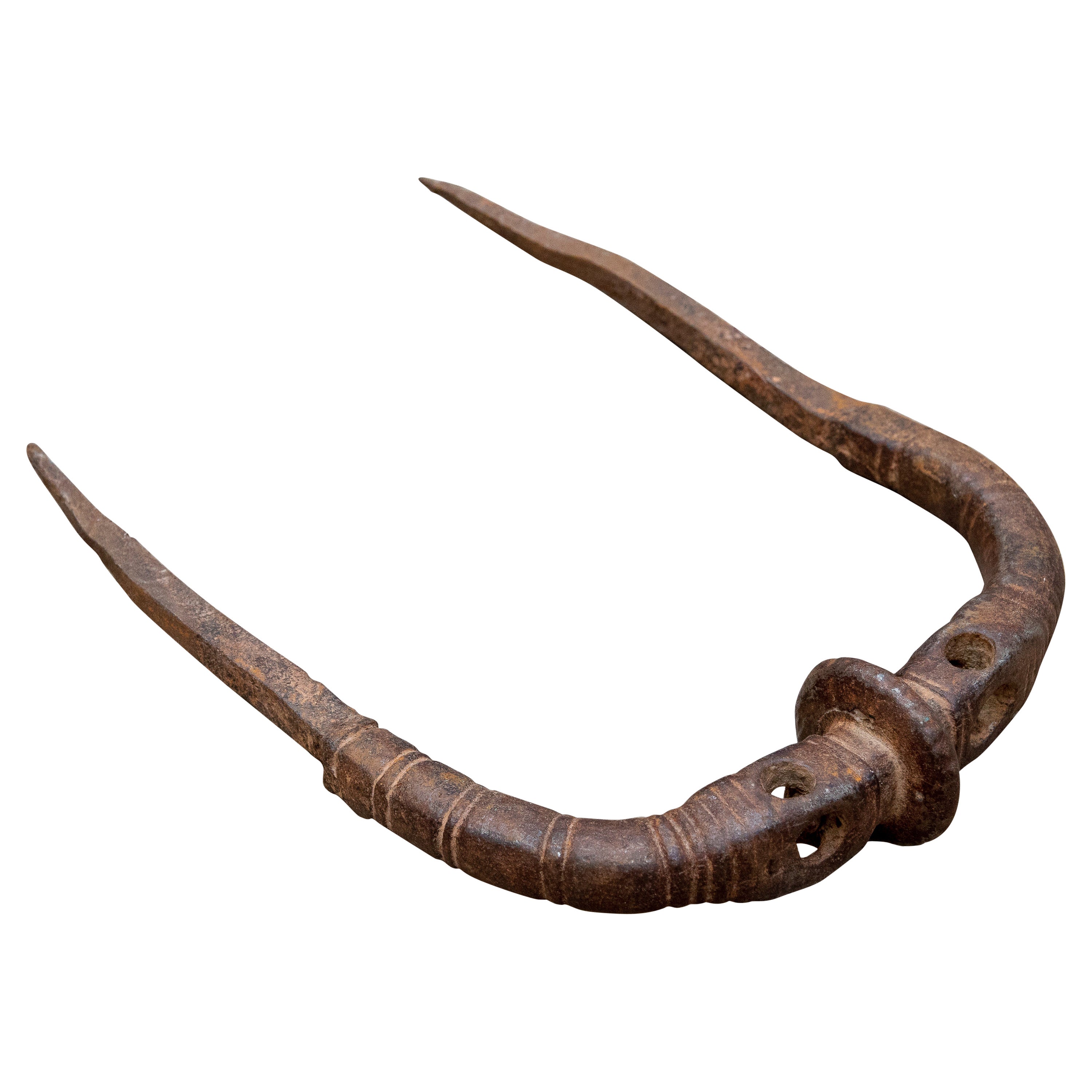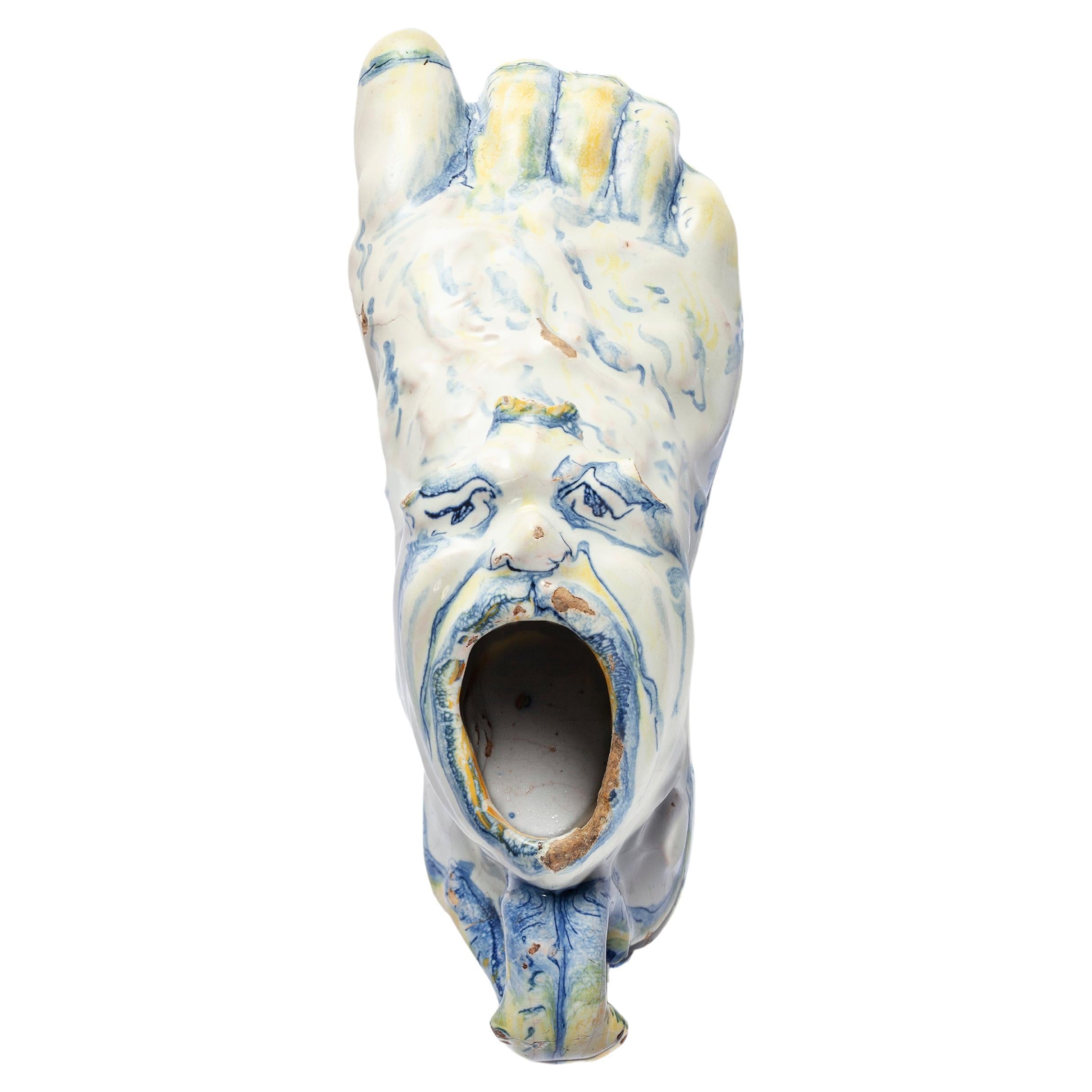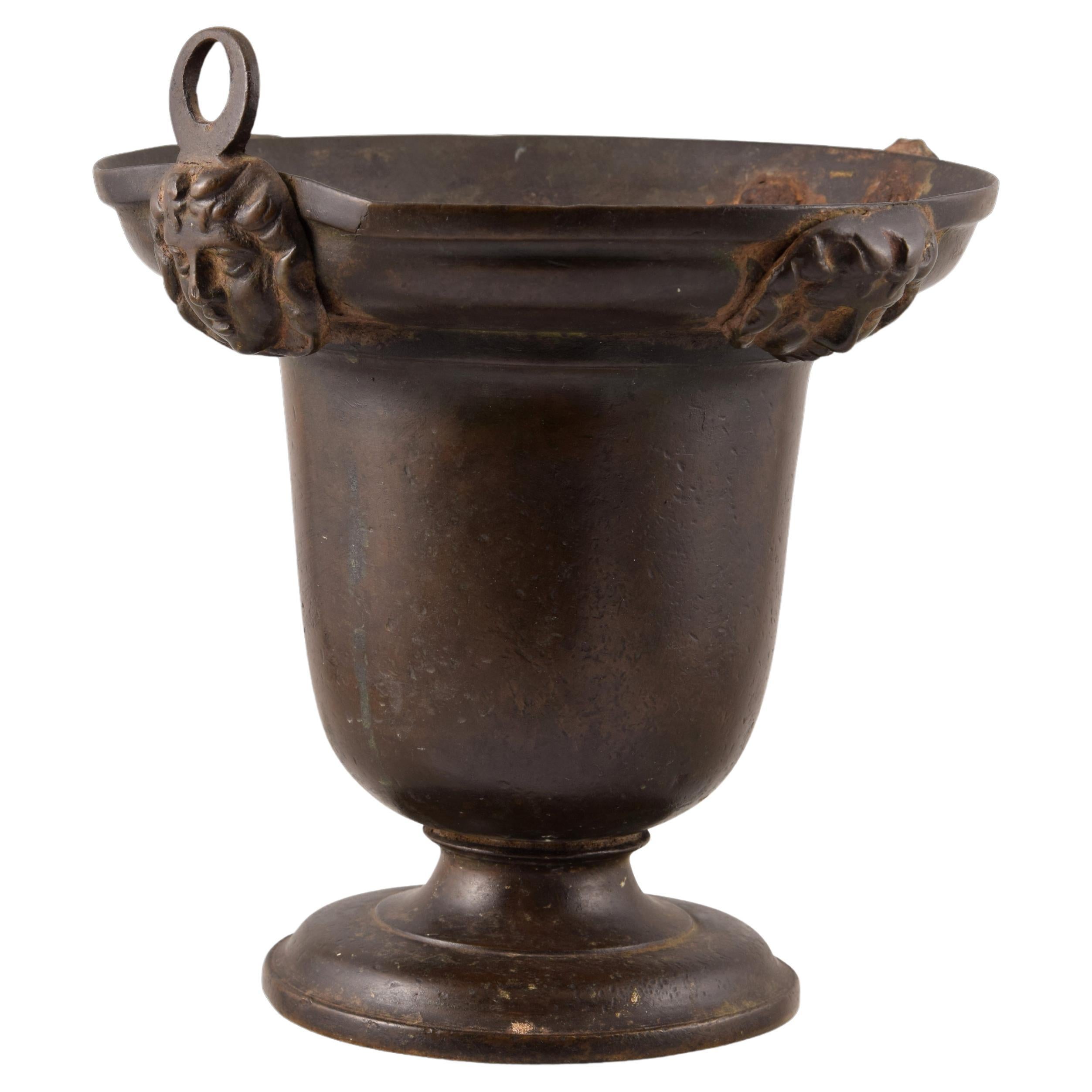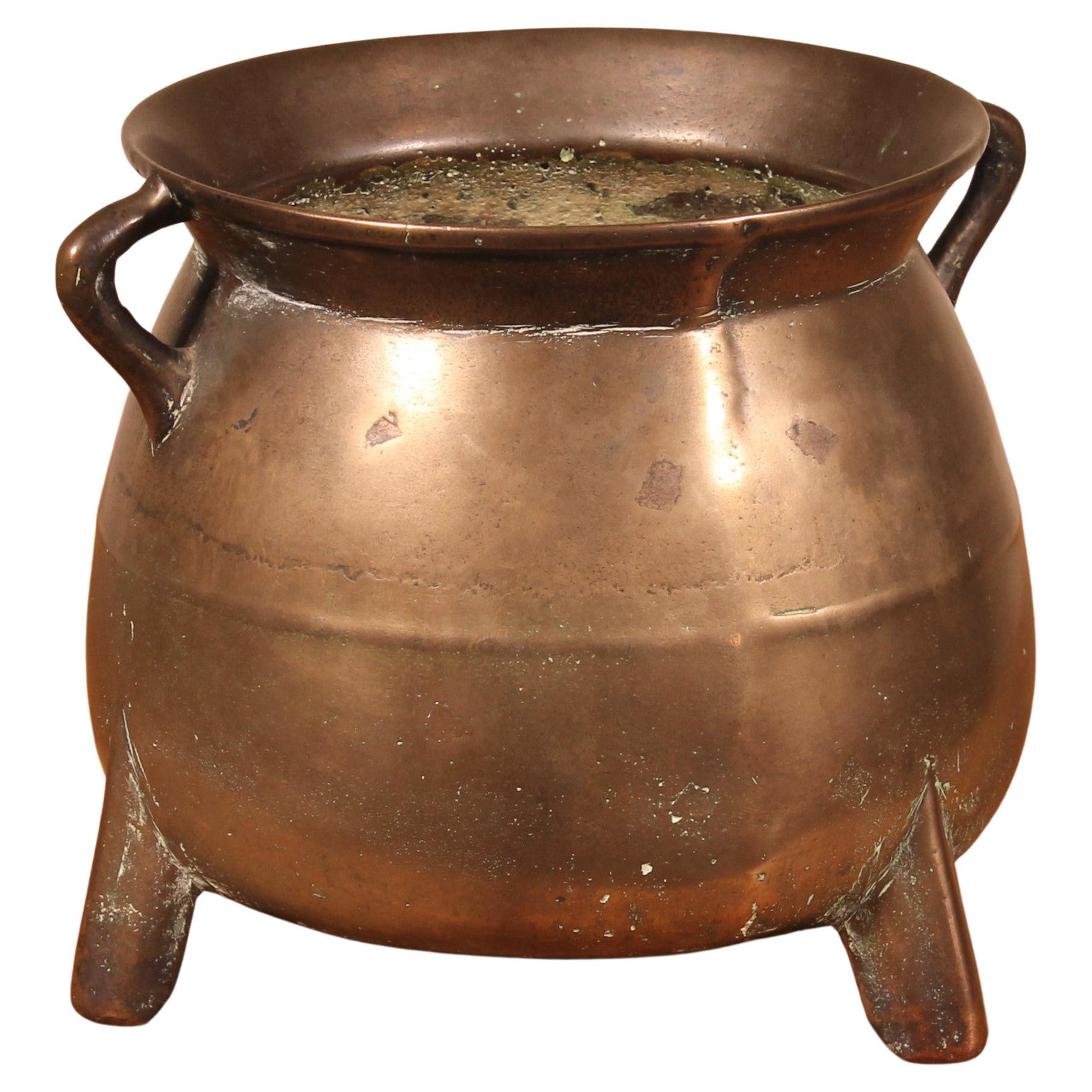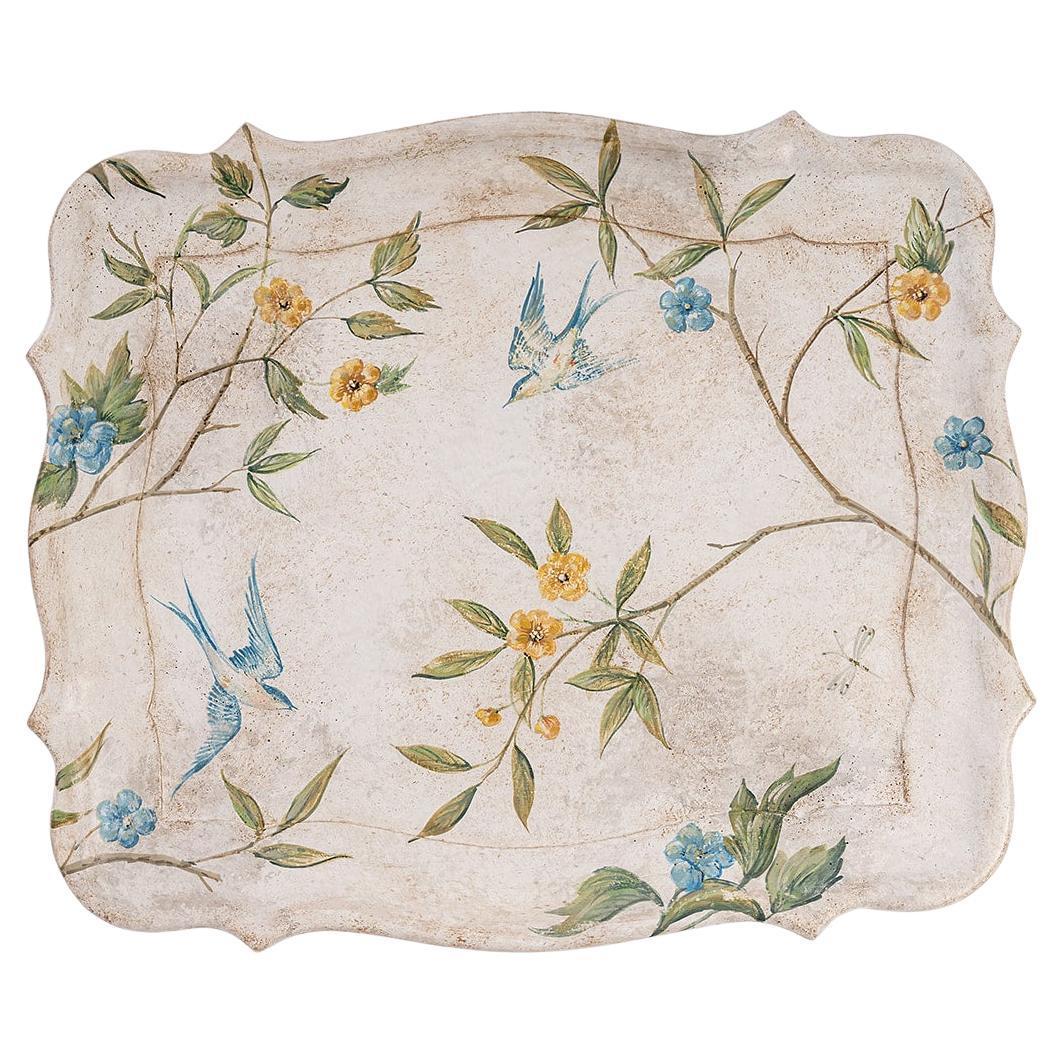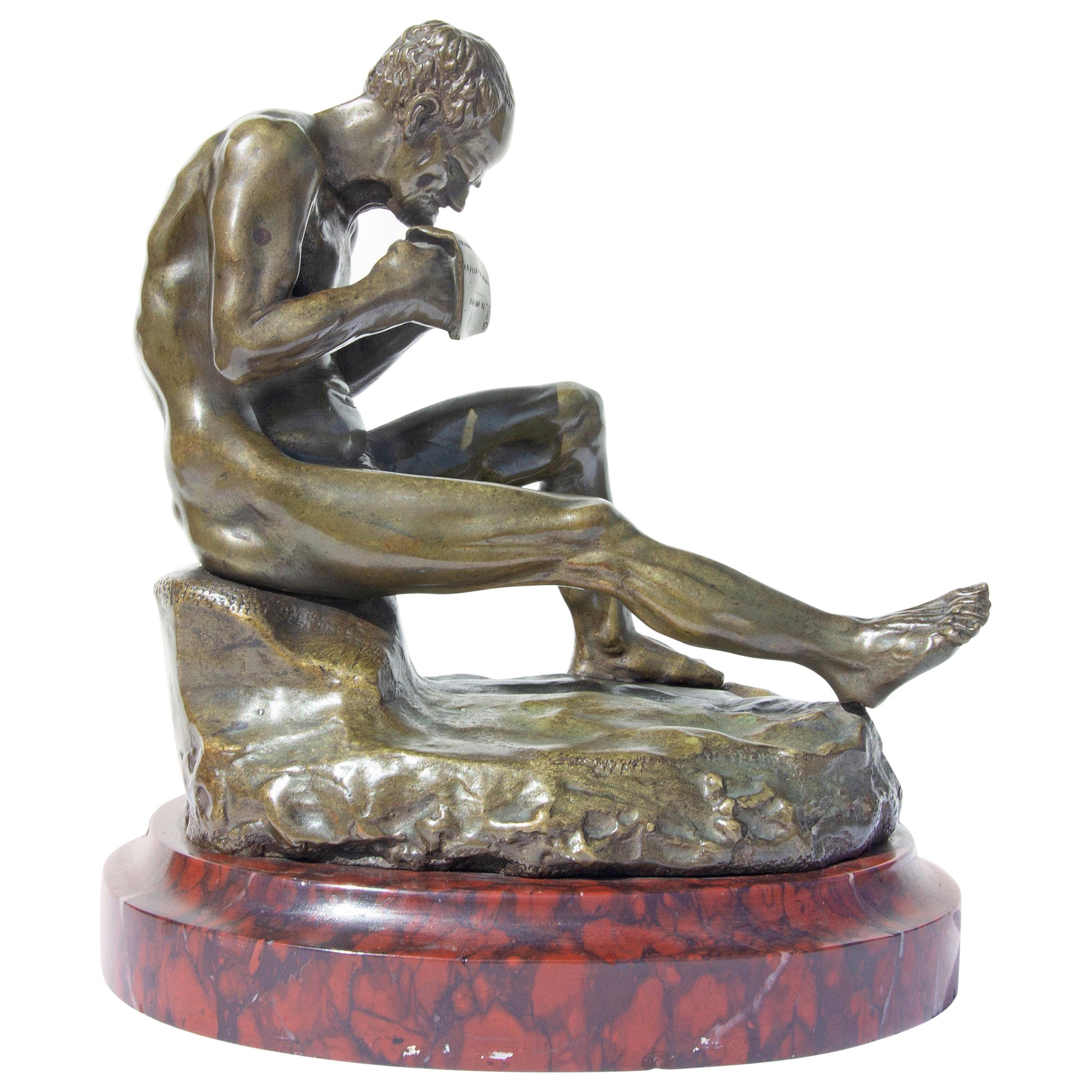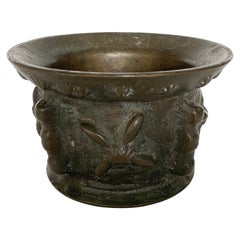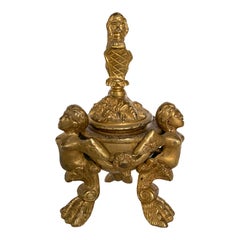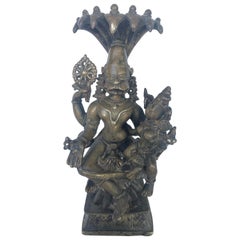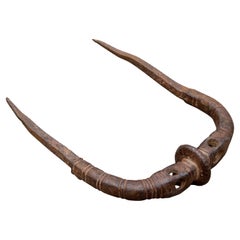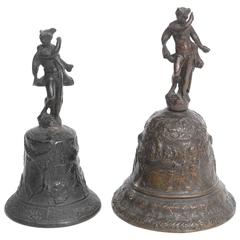
Two Venetian Bronze Hand Bells with the God Mercury, 16th Century
View Similar Items
Want more images or videos?
Request additional images or videos from the seller
1 of 10
Two Venetian Bronze Hand Bells with the God Mercury, 16th Century
About the Item
- Dimensions:Height: 7 in (17.78 cm)Diameter: 4 in (10.16 cm)
- Sold As:Set of 2
- Style:Renaissance (Of the Period)
- Materials and Techniques:Bronze,Patinated
- Place of Origin:
- Period:
- Date of Manufacture:16th Century
- Condition:Wear consistent with age and use.
- Seller Location:Kensington, MD
- Reference Number:1stDibs: f97761601063793963fs
About the Seller
5.0
Vetted Seller
These experienced sellers undergo a comprehensive evaluation by our team of in-house experts.
Established in 1962
1stDibs seller since 2013
137 sales on 1stDibs
More From This SellerView All
- 16th Century Spanish Cast Bronze Apothecary MortarLocated in Kensington, MDThis rare example of a Renaissance bronze mortar is decorated with starbursts all along the everted rim and features 4 large starbursts on the sides between the ribbed handles. The c...Category
Antique 16th Century Italian Renaissance Urns
MaterialsBronze
- 19th Century Italian Grand Tour Bronze InkwellBy Severo Calzetta da RavennaLocated in Kensington, MDAfter a 16th century Venetian design, winged putti with taloned legs support a turned bronze inkwell covered with a lid decorated with masks and garlands, surmounted by a lion holdin...Category
Antique 19th Century Italian Renaissance Revival Inkwells
MaterialsBronze
- Bronze Figure of Narasimha, South India, 16th-17th CenturyLocated in Kensington, MDThe lion-headed deity seated on round base over a stepped platform. Lakshmi seated on his left thigh, his principal hands holding a mace and lotus bud and upper hands holding a chakr...Category
Antique Early 17th Century Indian Tribal Figurative Sculptures
MaterialsBronze
- Very Rare and Important 16th C. French Renaissance Cabinet or Dressoir, ca. 1580By Jacques Androuet Du CerceauLocated in Kensington, MDWalnut with verde antico marble inlay, with two wholly carved draped female allegorical figures within arched recesses, and a bas-relief on the central door. Rich and heavily carved...Category
Antique 18th Century and Earlier French Renaissance Cabinets
MaterialsOak, Walnut
- Venetian Bronze Statuette of St. Jerome, 18th/19th CenturyLocated in Kensington, MDBronze statuette of St. Jerome, or St Hieronymous, in the manner of the Venetian sculptor Alessandro Vittorio (1525-1608) by the lost wax technique of bronze casting, which leaves a ...Category
Antique 18th Century Italian Baroque Figurative Sculptures
MaterialsMarble, Bronze
- Bronze and Copper Alloy Roundel of Hanuman, the Hindu Monkey GodLocated in Kensington, MDRoundel bronze relief of the god Hanuman shown in profile walking with his right hand raised, 18th-19th century.Category
Antique Early 19th Century British Indian Ocean Territory Tribal Figurat...
MaterialsBronze
You May Also Like
- 16th Century Venetian Bronze Door Knock with Children FiguresLocated in Marbella, ES16th century Venetian bronze door knock with children figures on the sides and faces in the middle.Category
Antique 16th Century Italian Doors and Gates
MaterialsBronze
- 18th Century Venetian Bronze Figural InkwellLocated in New York, NYPatinated bronze urn-shaped inkwell rests on three winged-horses evoking movement and action. The body of the inkwell is decorated with faces among garlands and the lid is topped by a seated putti holding fruitVenetian patinated bronze figural inkwell...Category
Antique 18th Century Italian Renaissance Inkwells
MaterialsBronze
- 16th Century, Spanish Wrought Iron HandleLocated in Marbella, ES16th Century Spanish wrought iron handle.Category
Antique 16th Century Spanish Paperweights
MaterialsWrought Iron
- Renaissance Italian Inkwell Calamelli workshop, Faenza, second half of the 16thBy Virgiliotto CalamelliLocated in Milano, ITInkwell Calamelli workshop (attr.). Faenza, second half of the 16th century Height 4.33 in; length 8.07 in; depth 2.95 in (11 cm; 20.5 cm; 7.5 cm) Weight: 0.800 lb (363 g) State of conservation: some chipping to the top of the mask around the mouth. Handle glued, without any restorations; minor chips in some raised areas. This object has the shape of a foot wearing Greek-style footwear, as can be seen in some raised areas. The foot is anatomically modeled with bare toes, while the ankle is partially covered by the footwear. On the heel, there is a small circular handle to support the object. The mouth of the container is shaped like a mask. The interior, completely enameled, suggests that the piece was intended to be used as an inkwell or to contain some other liquid. The base, however, is not enamelled. The painted decoration, scant and brief, consists of rapid cobalt blue shading between the toes of the foot, with more precise emphasis on the nails. It is accompanied by yellow citrine accents to enhance the forms. The mask is painted with the tip of the brush, to accentuate the tense nature of the eyes and to accentuate their outline. Thin strokes of yellow-orange line the interior of the mouth. Since the Renaissance, this decoration has been referred to as "compendiaria" and it characterizes the period of production extending from the mid-16th century to approximately the middle of the following century. It significantly influenced tastes at the time. It evolved from the polychrome style "istoriato" and transformed into a new style that "summarized" (compendia), or condensed, the ornamentation of the works into a few colors, placing greater prominence on the shapes. It was often inspired by metal specimens. Since the Renaissance, this decoration has been referred to as "compendiaria" and it characterizes the period of production extending from the mid-16th century to approximately the middle of the following century. It significantly influenced tastes at the time. It evolved from the polychrome style "istoriato" and transformed into a new style that "summarized" (compendia), or condensed, the ornamentation of the works into a few colors, placing greater prominence on the shapes. It was often inspired by metal specimens. This artwork finds parallels in similar objects all characterized by this refined style and produced in the city of Faenza and other Italian centers starting from the mid-16th century. The closest comparable example in majolica is a foot acquired by the British Museum in 2011 (inv. 2011, 8008.1). This was previously published by Carmen Ravanelli Guidotti in 1996 and later by Dora Thornton in 2016 during the conference on Renaissance ceramics...Category
Antique 16th Century Italian Renaissance Inkwells
MaterialsMaiolica
- Bronze Situla, 16th CenturyLocated in Madrid, ESAcetre. Bronze. Century XVI. Bronze piece that has a circular foot, and a circular body, with an outwardly hollowed mouth at the top, and a decoration in relief in this last area o...Category
Antique 16th Century European Renaissance Religious Items
MaterialsBronze
- Bronze Pot, 16th CenturyLocated in Brussels, BrusselsSuperb Flemish Renaissance bronze pot from the 16th century. Superb patina and in very good condition.Category
Antique 16th Century Belgian Renaissance Decorative Bowls
MaterialsBronze
$1,367
Recently Viewed
View AllMore Ways To Browse
Red Marble Accessories
Art Deco Telephone
Antique Desk Victoria
Woman At Desk
Retro Pencil Holder
Chinoiserie Accessory
Dairy Vintage
Shagreen Office Accessories
Vintage Hermes Desk
Vintage Magnifying Glass
Vintage Brass Letters
Gucci Office Desk
Antique Key Machine
Mail Holder
Silver Pen Tray
Desk Magnifier
3 Piece English Desk
Mid Century Modern Desk Adnet
